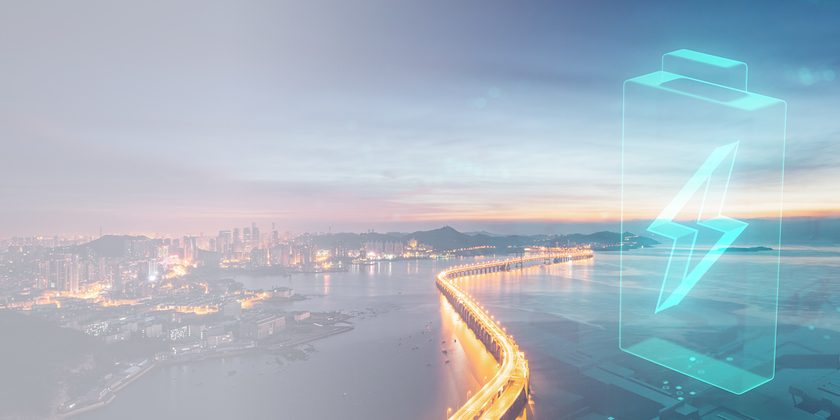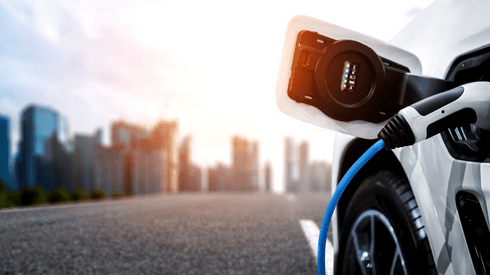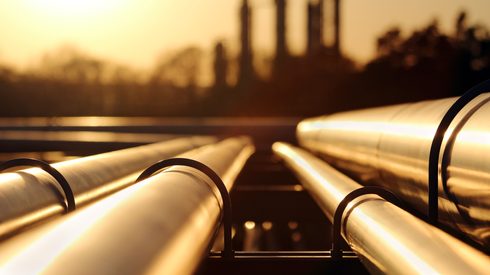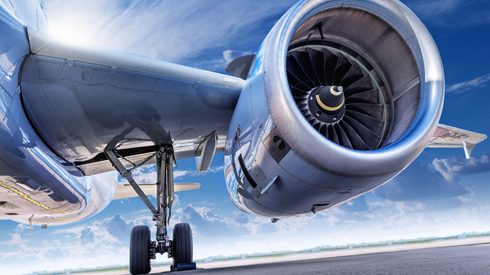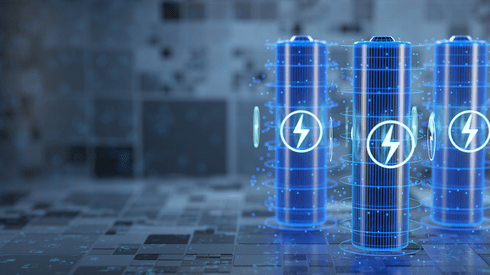The event was Fastmarkets’ 15th Lithium Supply and Battery Raw Materials conference 2023, held in Henderson in the US state of Nevada, June 20-22.
The Inflation Reduction Act is a $600-billion piece of legislation signed into law in August last year. Panelists mostly discussed two particular parts of the legislation that will affect the battery raw materials supply chain:
• Section 30D, which gives incentives to US taxpayers to purchase electric vehicles (EVs) via personal or business credits
• Section 45X, which offers tax credits to battery manufacturers if they use raw materials sourced from within the US or from countries that are US free trade partners (FTPs).
The panelists shared their expertise about the legislation and discussed some potential outcomes. Here are a few highlights from that discussion:
Parts of the Act could change under a Republican president
If a president representing the US Republican Party were voted into office at the next election in November 2024, parts of the Act – particularly under Section 30D – could change, according to John Miller, managing director for environmental, social governance (ESG) and sustainability policy at financial services supplier TD Cowen.
The IRA was passed after 12 months of negotiations by votes from legislators representing the Democratic Party alone, with no Republicans voting in favor of the bill, Miller told delegates.
“[Section] 45X feels pretty safe… the biggest question for 45X is an extension and what that would look like,” he said. “[Section] 30D is a political thing – a Republican [president] would make changes.”
Section 45X would be difficult to change, unlike 30D, agreed Austin Devaney, executive vice president and chief legal officer at US-based lithium producer Piedmont Lithium.
“If you look at where companies are making investments [under 45X], they’re making them across the country,” Devaney said. “They’re agnostic to the political winds. They’re looking at Republican-dominated states.”
More countries are likely to qualify as FTPs
The principal countries that currently qualify as US FTPs under Section 45X include Canada, Mexico, South Korea, Chile and Australia, according to Andrew Leyland, co-founder and managing director at Supply Chain Insights.
Argentina, possibly the EU and maybe Indonesia could join that list too, he said. That possibility presents negotiating leverage for the US, he added.
“This is about trying to move the supply chain away from China,” Leyland said. “You don’t want a political mandate where you subsidize a supply chain in your competitor or in one country.”
Chinese acceptance remains unknown
Section 30D excludes tax credits for EV batteries made of, or assembled with, critical minerals from “foreign entities of concern” – namely China, according to the panelists.
“It’s still subject to some kind of guidance, but probably the definition of a ‘foreign entity of concern’ is whether it’s owned, controlled or under the jurisdiction of the Chinese government,” Leyland said. “The percentage of control [that would raise concerns] hasn’t yet been released.”
The US Chips and Science Act set the threshold for Chinese ownership at 25% to qualify for incentive programs, and a similar level was expected for Section 30, he said.
There will be significant political pressure to make sure that recipients of the tax credits, and the US Internal Revenue Service, benefit the US supply chain and US free trade partners, according to Devaney.
“There is a risk that the guidance could change under a different [political] administration,” Miller said. For example, a future president could lower that threshold to zero, effectively banning any level of Chinese ownership.
Carmaker Ford’s recent partnership with Chinese battery producer CATL for the production of lithium iron phosphate (LFP) cells in the US could be a good barometer of sentiment, the panelists said.
“The governor of [the US state of] Virginia said ‘no’ to Ford and CATL; the governor of [the state of] Michigan has taken a different view,” Miller said. “We’ve also seen [electric vehicle maker] Tesla float that concept [of Chinese partnership in the US] and the response was not positive.”
“[But] the most advanced batteries in the world are Chinese,” Leyland said. “If you’re excluding a lot of these new technologies from the US market, that could also be detrimental.”
Indeed, a lack of Western technical expertise in battery-grade lithium production was driving uncertainty about the balance of supply and demand.
Keep up to date with global market insights and predictions for 2023 and beyond with our NewGen forecasts.

